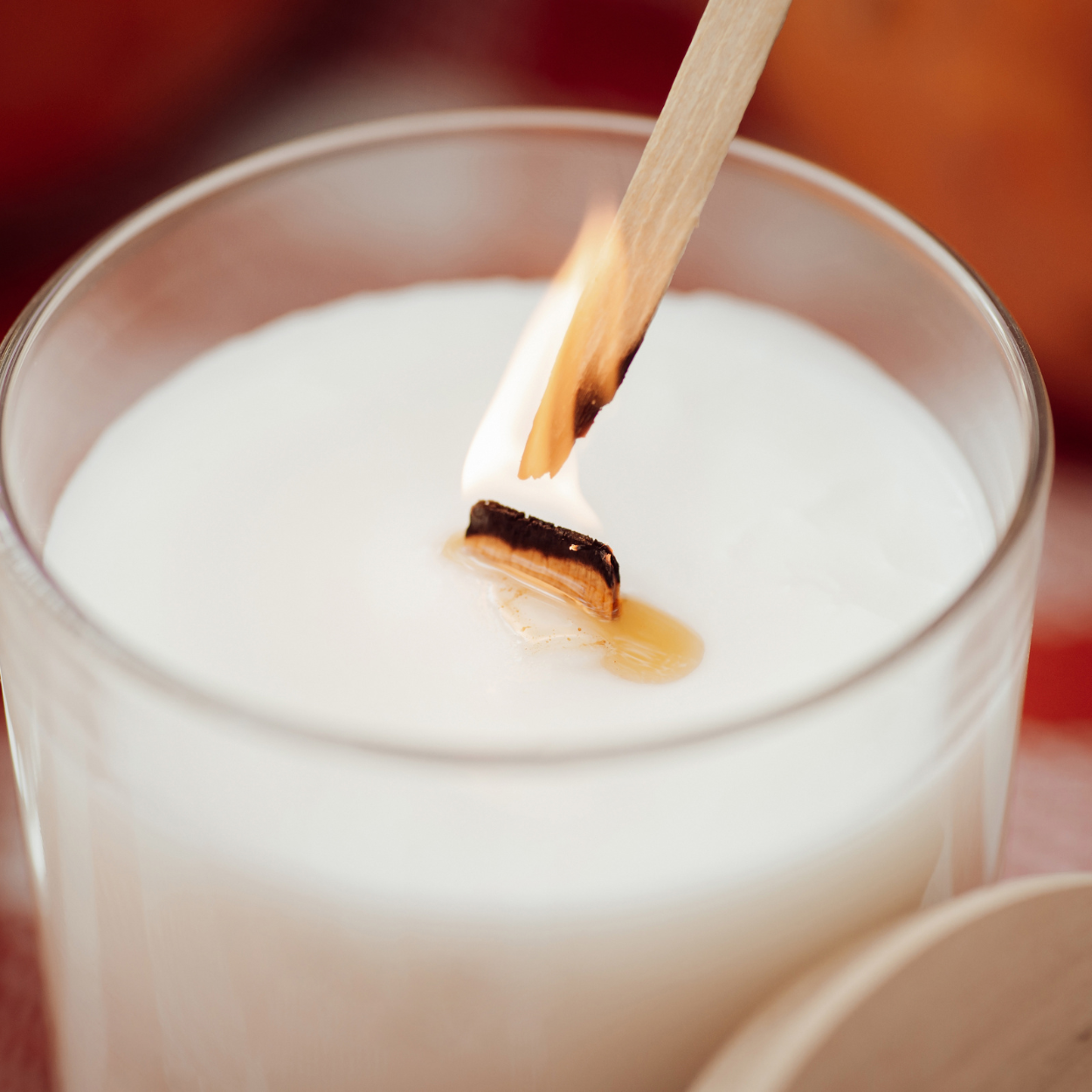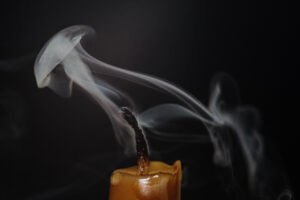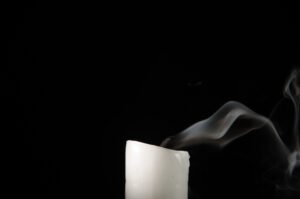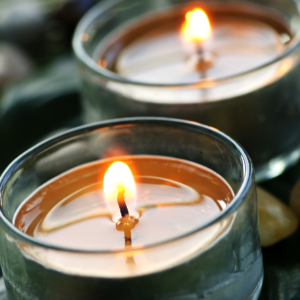



Flame On
Candle Wick Length
The length of the candle wick plays a crucial role in the height of the flame. If the wick is too long, it will absorb more liquid wax and create a larger flame. This can result in excessive heat and smoke. To fix this, simply trim the wick to a length of about ¼ inch before lighting the candle. This will help regulate the flame size and reduce smoke production.

Drafty Environment
A drafty environment can cause the candle flame to dance and flicker, leading to an uneven burn and increased smoke. Air currents from open windows, fans, or air conditioning vents can disrupt the flame's stability. To prevent this, try moving the candle to a more sheltered location or use a candle snuffer to extinguish the flame before adjusting the airflow in the room.

Candle Type and Quality
The type and quality of the candle can also affect the height of the flame and smoke production. Cheap or low-quality candles often contain additives that can cause excessive smoke. Opt for candles made from natural materials, such as beeswax or soy, as they tend to burn cleaner and produce less smoke. Additionally, candles with multiple wicks may create a larger flame, so consider using candles with a single wick for a more controlled burn.

Candle Placement
Where you place your candle can impact its burn quality. If the candle is positioned too close to a wall or other objects, it may not receive enough oxygen, causing the flame to burn higher and produce more smoke. Ensure that there is enough space around the candle for proper airflow. Also, avoid placing candles in areas with strong drafts, as mentioned earlier.

Extinguishing Method
The way you extinguish your candle can affect its future burn. Blowing out a candle can create smoke due to the sudden burst of air. Instead, consider using a candle snuffer or gently dip the wick into the melted wax to extinguish the flame. This method helps to minimize smoke and prevents the wick from smoldering, which can lead to a higher flame the next time you light it.

Candle Care and Maintenance
Proper care and maintenance of your candles can go a long way in ensuring a clean burn. Keep the candle free from debris, such as dust or wick trimmings, as they can interfere with the flame. Trim the wick before each use to the recommended length and remove any mushrooming or carbon buildup. Additionally, allow the candle to burn for a sufficient amount of time during each use to prevent tunneling and ensure an even melt pool.
By following these tips, you can enjoy a well-behaved candle flame that provides a warm and inviting atmosphere without the annoyance of excessive height or smoke. Remember, a little attention to detail can make a big difference in your candle-burning experience.

Date:
June 29, 2021

